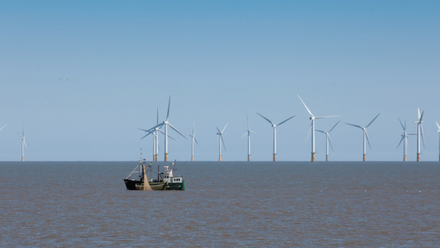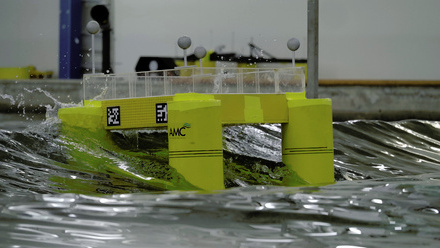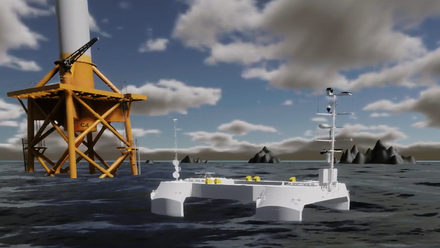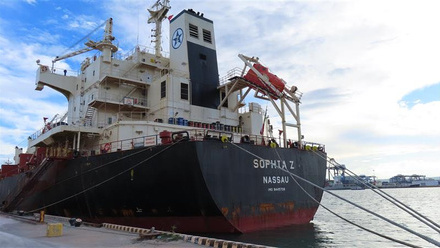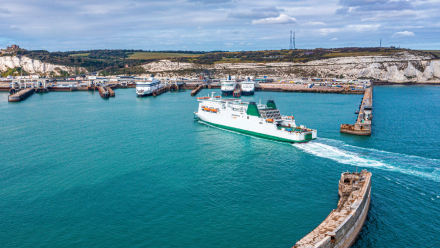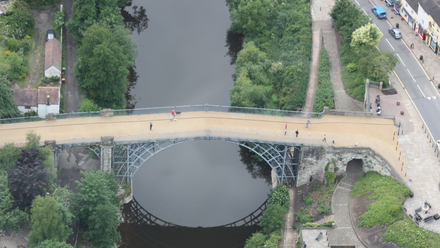Setting standards for the marine electric sector
We speak to Professor John Prousalidis, co-chair of IMarEST’s Marine Electrical Special Interest Group (MESIG), about the need for standards specific to marine electrical engineering
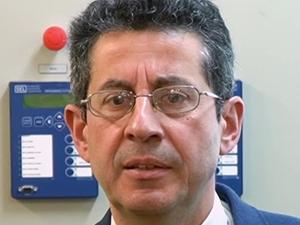
How have the electrical needs of the maritime industry changed?
There has been tremendous development in the electrification of everything related to the sea. Automation, renewable energy, communications, control systems. That brings a need for people with marine electrical skills. We also see more governments pushing for decarbonisation and sustainability, like the European Commission with the Green Deal.
These policies will also drive the need for electrification. The challenge is that little attention has been paid to marine electrics. People tended to focus on marine engineering or mechanical engineering instead. Now, we need to get prepared and train the next generation in marine electrics.
What do we need to make that happen?
First, we need specific standards for marine electrics, like we do in many other fields. These standards are the rules and guidelines that should be followed by designers of marine-related equipment and ship electric energy systems. There are several topics (electrical earthing, arc flash, power quality like harmonic distortion and switching transients) that must be addressed and sufficiently covered by these standards. On the other hand, there are not many people having an expertise in these topics which points the way for the cultivation of synergies.
How do we make those standards?
We need to collaborate in a smart and mutually beneficial manner. For instance, IEEE (Institute of Electrical and Electronics Engineers) is one of the main developers of standards in engineering and electrics, but they don’t have any people who are involved in the marine sector. IMarEST, on the other hand, has that marine experience, so I am working to bring people from the two groups together to exchange views and experiences and develop these standards for the marine sector. We may be able to amend some existing standards to make them suitable for marine applications, or we may need to introduce some new elements. I have to say that both organisations are very positive about this collaborative approach.
How far into the process are you?
We are in the very early stages. We have a small group made up of people from IEEE and people from IMarEST working on this. Sometimes, we will bring people from IMarEST to IEEE meetings, and sometimes people from IEEE to IMarEST meetings. The idea is to have this osmosis where we can come together, identify the issues, and the solutions.
What else needs to be done to support the marine electrics sector?
We need to develop some educational training material and create something like a CPD (Continuing Professional Development) certification so people can get good training, continue to develop and improve their skills, and keep up with the latest developments.
How can people get involved?
MESIG recently arose from a dormant SIG (Special Interest Group) called the Marine Electrical Control System Safety SIG (MECSS). We would welcome any new members into the SIG to work on these standards and other marine electrical topics. There are also webinars once a month where we discuss a subject within the field of marine electrical.
Discover more about MESIG and the search for standards.
Learn about the evolution of MESIG.
Main image: John Prousalidis, co-chair of MESIG; credit: John Prousalidis

